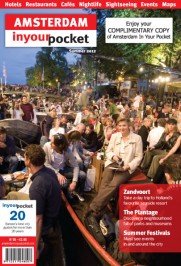Binding Tariff Agreement
Sunday, September 12, 2021 in Uncategorized
Market access plans are not just price announcements. They constitute obligations not to increase tariffs beyond the indicated rates in which the rates are linked. For industrialized countries, the rates committed are generally the rates actually calculated. Most developing countries have set rates slightly higher than the rates actually calculated, so that committed rates serve as ceilings. Bound tariffs are specific commitments made by individual WTO member governments. The linked tariff is the lowest maximum tariff for a given line of goods. When countries join the WTO or when WTO members negotiate tariff levels during trade cycles, they conclude agreements on bound tariffs and not on applied rates. All three types of customs duties can exist for the same line of goods. In general, the tied tariff is the highest, the lowest preferential tariff, and the most favoured nation applied is usually somewhere in between the other two, as shown below. Countries can break a commitment (i.e.
increase a duty beyond the tied rate), but with difficulty. To do this, they must negotiate with the most affected countries, which could result in compensation for the loss of their trade by trading partners. Binding tariff information shall apply from the day of its issue and may not be used for an import or export operation already in progress or for customs formalities which are not yet fully covered. Commitment coverage varies by region. In Latin America, virtually all countries attach all tariff lines. In Asia, compulsory coverage ranges from less than 15 per cent in Bangladesh to 100 per cent in Mongolia. A BTI is valid for three years (decisions rendered before 1.5.2016 are valid for a period of six years), but may expire earlier, for example due to a change in the law. The decision is free of charge and valid throughout the EU. The decision shall be binding both on the customs authorities and on the holder of the decision. The holder of the decision shall enter in the customs declaration the documentary code C626 and the reference number of the decision for the placing under the customs procedure of the goods referred to in the decision. Virtually every country in the world has joined at least one preferential trade agreement in which they promise to grant tariffs from another country below their most-favoured-nation rate.
. . .

